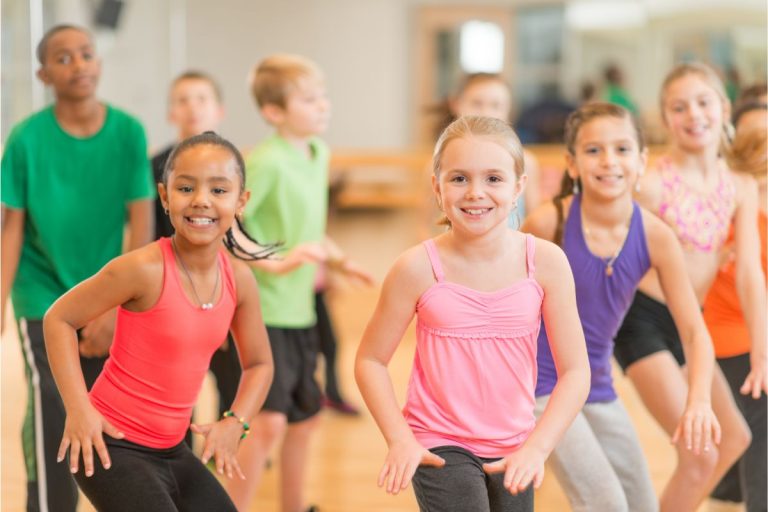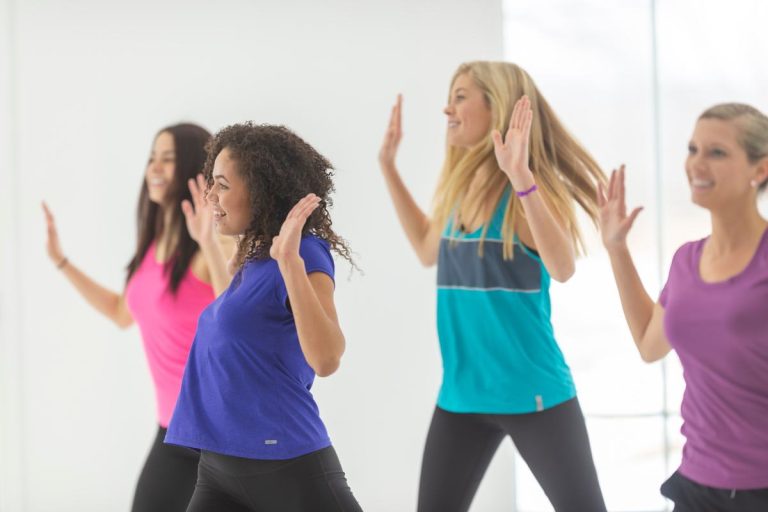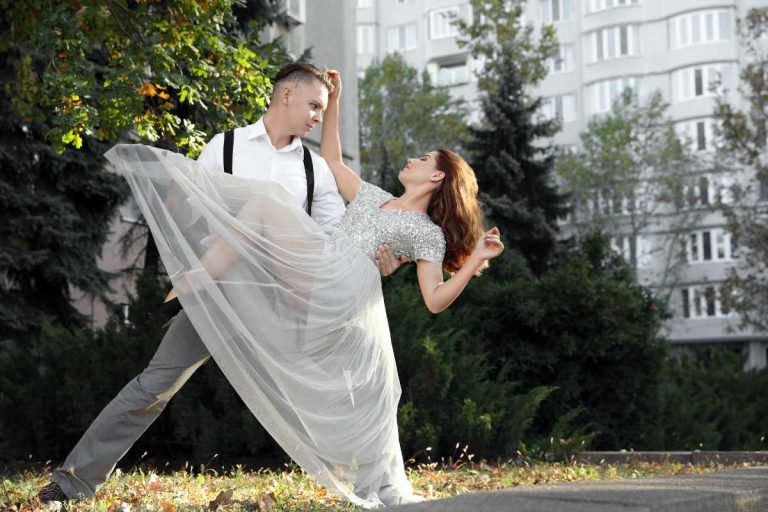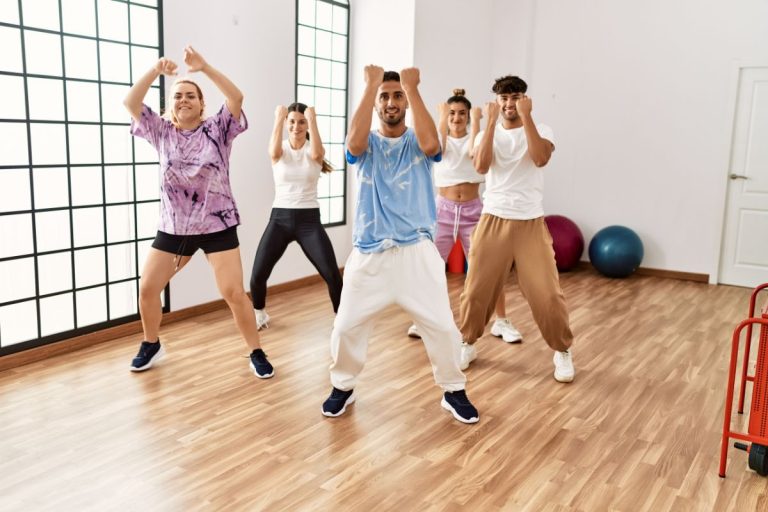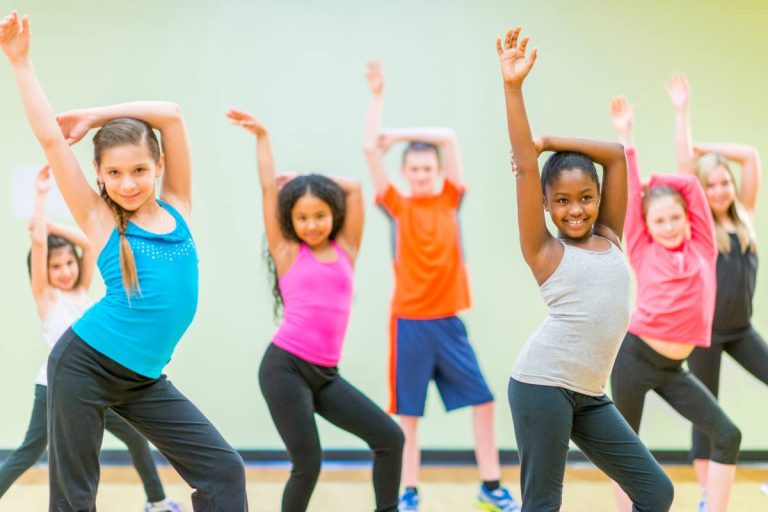Dancing, often considered a universal language, transcends borders, utilizing movement to narrate stories and convey emotions. Mastering the art of dancing is a journey that requires dedication and continuous improvement, regardless of your level of experience. In this comprehensive guide, we will explore the top ten dance techniques that will enhance your movements and elevate your presence on the dance floor.
Alignment and Posture the Basis of Dancing
One of the foundational components of dancing is maintaining proper alignment and posture. Beyond enhancing the visual appeal of your movements, a solid and aligned body plays a crucial role in preventing accidents. Ensure your shoulders are relaxed, your core is engaged, and your spine remains straight. Achieving a poised and balanced stance involves paying attention to the alignment of your ankles, knees, and hips.
Spotting with Control in Turns
For dancers, turns are a captivating aspect that demands control and technique. The key to executing perfect turns lies in mastering controlled spotting. Maintain eye contact with a fixed spot, swiftly rotating your head to refocus on it as you turn. This technique aids in maintaining equilibrium, avoiding vertigo, and executing smooth turning manoeuvres.
Movements’ Flow and Connectivity
The ability to transition seamlessly between steps is a hallmark of a skilled dancer. Aim for a fluid connection between movements and actions, avoiding abrupt stops or jerky motions. Smooth transitions contribute to an overall well-coordinated and visually appealing dance routine.
Utilizing Space Dynamically
Dancing takes on depth and complexity when you understand how to use the space around you. Experiment with different pathways, levels, and orientations to create dynamic and eye-catching movements. Utilize the entire dance floor or stage, paying attention to how your motions interact with the surrounding area.
Precision in Rhythm and Musicality
Music is the lifeblood of dance, and captivating performances require a mastery of musicality. Develop a keen understanding of timing, syncopation, and rhythm to synchronize your movements with the music. Pay attention to tempo changes, accents, and pauses to ensure your dance flows naturally with the musical accompaniment.
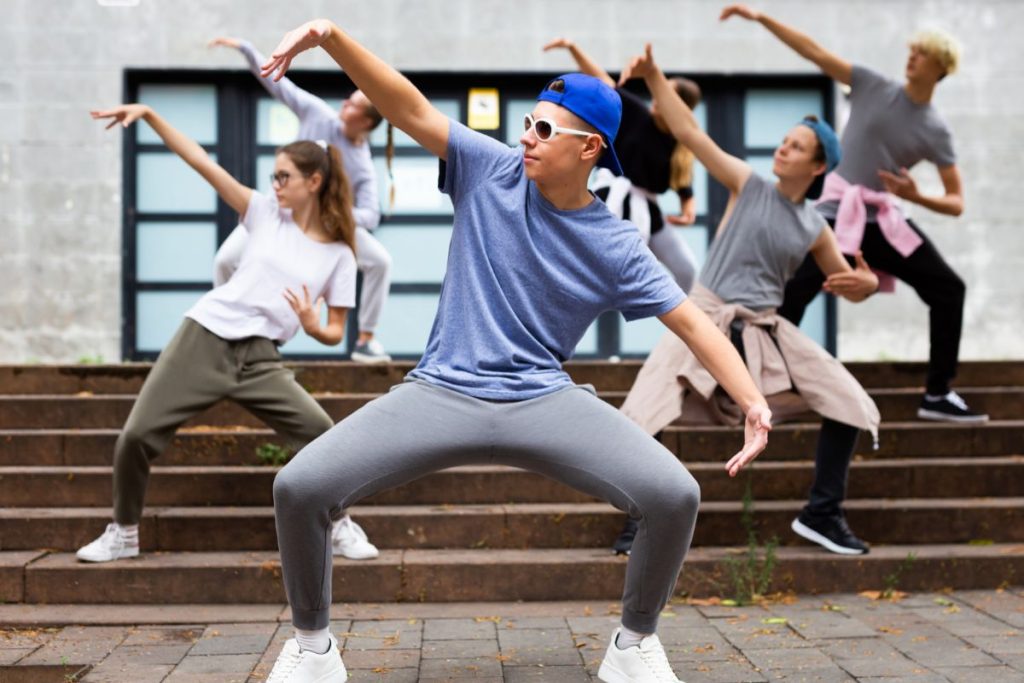
Parts of the Body Isolated
The ability to isolate various body components is crucial for achieving precise movement. Work on isolating your head, shoulders, hips, and limbs to execute complex and accurate actions. This skill expands your repertoire and can convey a wide range of emotions and aesthetics.
Exercise for Strength and Flexibility
Enhancing your range of motion and preventing injuries depend on developing strength and flexibility. Incorporate stretching and strength training exercises into your dance practice. A strong and flexible body enables more expansive and expressive movements, ultimately improving the overall quality of your dance.
Expressions on the Face and Emotional Bond
Dancing is not only a physical movement but also a storytelling art form. Focus on communicating your emotions to the audience through facial expressions, effectively telling the story of the dance. Ensure that your facial expressions mirror the emotions the music and movements convey, creating a deep emotional connection with the audience.
Methods of Partnering for Joint Performances
Understanding partnering skills is crucial for those engaged in partner dances. Synchronization, communication, and trust are essential components in partner dance. Practice lifts, spins, and coordinated moves with your partner to create a smooth and visually appealing joint performance.
Ongoing Education and Research
The dance world is dynamic, with new forms and techniques emerging regularly. Stay curious and open-minded, continually seeking ways to improve as a dancer. Participate in workshops, attend diverse dance classes, and immerse yourself in the rich and diverse dance community.
Conclusion
Mastering the art of dancing requires commitment, practice, and a dedication to lifelong learning. By implementing these ten best dancing techniques, you can elevate your abilities, captivate your audience, and unlock the transformative potential of dance. Embrace the joy of movement, stay true to yourself, and let the power of dance elevate your artistic abilities to new heights.


